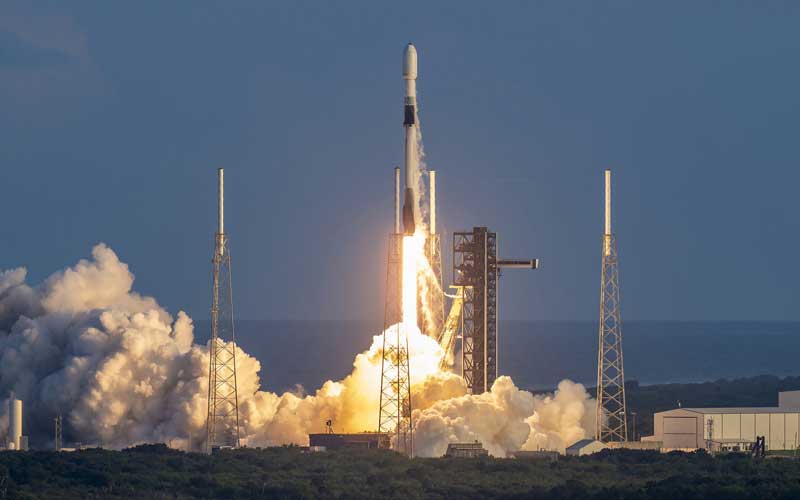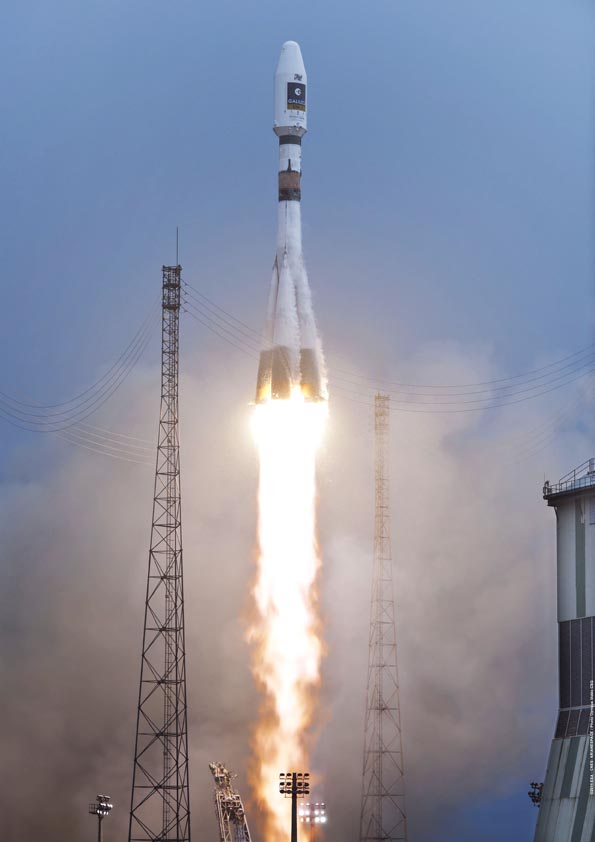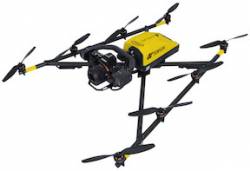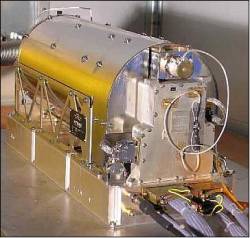The SpaceX Falcon 9 rocket recently launched two Galileo satellites from the Kennedy Space Center into medium Earth orbit (MEO).
This is the 13th launch of the Galileo program and was performed by SpaceX under contract with the European Space Agency (ESA). The additional Galileo satellites, Nos. 31 and 32, will make the constellation more robust. The satellites will be tested once they reach 23,222 km, their final destination, before they are made operational.
“With the deployment of these two satellites,” ESA Director of Navigation Javier Benedicto said, “Galileo completes its constellation as designed, reaching the required operational satellites plus one spare per orbital plane.”
This comes after the April launch, also by SpaceX, that put Galileo satellites Nos. 29 and 30 in orbit. Those satellites entered service earlier this month. ESA, the design authority and system development prime, together with OHB, has developed and tested 38 satellites since Galileo’s conception.
The ESA signed an agreement with the U.S. based SpaceX to launch the four satellites late last year after continued delays with European options, including the Ariane 6 and the Vega-6. The Arian 6 completed its inaugural flight in July and is expected to launch the remaining six Galileo First Generation satellites in pairs in 2025 and 2026.
Galileo Second Generation (G2) satellites are now being developed by Thales Alenia Space and Airbus Defence and Space. The first of those also will be launched into orbit on Europe’s Ariane 6. Galileo’s ground segment was migrated in April to prepare the system for the G2 satellites, which will feature fully digital navigation payloads, electric propulsion, a more powerful navigation antenna, inter-satellite link capacity and an advanced atomic clock configuration.






